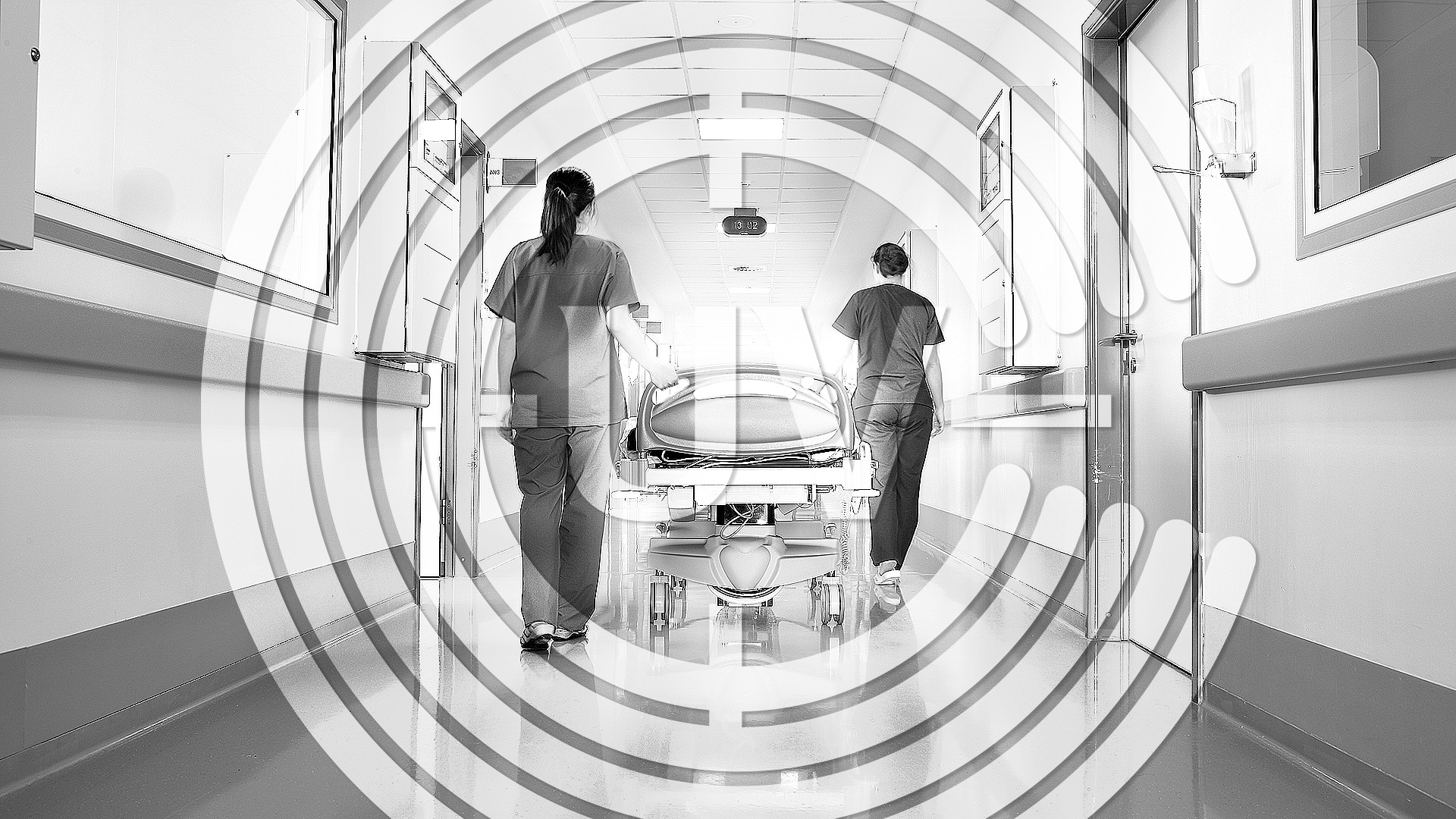Understanding UV-C light
Before diving into its benefits, let’s take a moment to appreciate the benefits of UVC light. For more detailed information, check out our previous blog, The Science of Far-UV Technology: How Does It Work?
UV light is electromagnetic radiation that comes from the sun. It is divided into three categories, based on wavelength: UVA, UVB, and UVC. UVC light has the shortest wavelength and the highest energy among these categories.
With wavelengths between 200 and 280 nanometers, UVC light is particularly effective at disinfection. This light can damage the DNA and RNA of microorganisms, including bacteria, viruses, and fungi, making them incapable of reproducing and causing infection. Because of its shorter wavelength, research indicates that FAR-UVC light can inactivate harmful pathogens without causing damage to human cells or tissues. Both safe and effective, these properties make UVC light a potent tool in medical care settings.
Effective disinfection
UVC light is highly effective at killing a wide range of pathogens, including multidrug-resistant bacteria, viruses, and even spores. In fact, a 2020 study “found that UV-C irradiation had positive results when used as an adjunct for existing cleaning protocols.” It can be used to disinfect surfaces, air, and water, ensuring a clean and sterile environment in healthcare facilities.
Reduction in healthcare-associated infections and surgical site infections
Healthcare-Associated Infections (HAIs) in medical facilities lead to patient discomfort, prolonged hospital stays, and increased healthcare costs. UVC light can help reduce HAIs by eliminating pathogens on surfaces and in the air, thus lowering the risk of transmission to patients and healthcare workers.
In addition to hospitals and other healthcare settings, UVC technology is also effective in maintaining safe healthcare environments for animals. In a study conducted by Australian researchers, bioburden (the quantity of bacteria present on surfaces that have not undergone disinfection) was found to be significantly reduced with the assistance of UVC lights.
This breakthrough discovery has profound implications for both veterinary and human healthcare, particularly in the prevention of surgical site infections (SSIs). The research underscores that innovative disinfection strategies, including UVC light, hold tremendous promise in preventing SSIs among both veterinary and human patients. Furthermore, these strategies help minimize the risk of zoonoses, which are diseases capable of transmission between animals and humans.
Quick and efficient
UVC disinfection is a rapid process and does not disrupt daily routines, making it a practical choice for busy healthcare facilities. In some instances, bacteria can be eradicated after 1-2 minutes of light exposure. This video demonstrates how various exposure times to UV light affect E coli bacteria within a petri dish.
Chemical-free
UVC disinfection is chemical-free, eliminating the risk of exposure to hazardous chemicals that comes with traditional disinfection methods.
Consistency
UVC light offers consistent and repeatable disinfection results. Unlike human error or variations in cleaning practices, UVC light provides a standardized level of disinfection every time it is used.
Sustainability
UVC disinfection is environmentally friendly. It does not produce harmful byproducts, and it can be integrated into a medical facility’s sustainability efforts by reducing the need for chemical disinfectants and disposable items.
Cost savings
While there is an initial investment in UVC equipment, the long-term cost savings can be significant. Fewer HAIs and SSIs mean shorter hospital stays and reduced healthcare costs for both patients and healthcare providers.
Versatility
UVC technology is versatile and can be used in various healthcare settings, including hospitals, veterinarian offices, clinics, dental offices, and even ambulances. It can be applied to a wide range of surfaces and equipment, such as bed rails, doorknobs, ventilators, and surgical instruments.
Complementary to standard cleaning practices
UV-C disinfection does not replace standard cleaning practices but complements them. UVC disinfection provides an added layer of protection against pathogens that may be missed during routine cleaning.
Summing it all up
UVC light has emerged as a powerful ally in the battle against healthcare-associated infections and the quest for patient safety in medical care settings. UVC light can quickly and efficiently disinfect surfaces and air, and its eco-friendliness and cost-saving potential make it a valuable addition to healthcare practices. As technology continues to advance, UVC light is likely to become an even more integral part of infection control strategies, helping to create safer and more sanitary environments for patients and healthcare workers alike.
If you’re ready to embrace innovation and prioritize community well-being, Precision UV-Clean is here for you. We lead the way in harnessing the power of Far-UVC light, and our mission is to make your spaces safer and healthier using this cutting-edge technology. Whether you work in a healthcare setting, school, or just want extra protection in your home, reach out to us at Precision UV-Clean to explore what Far-UV technology can bring to your environment.
